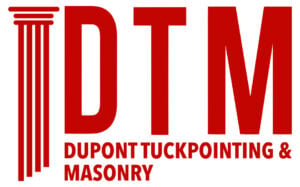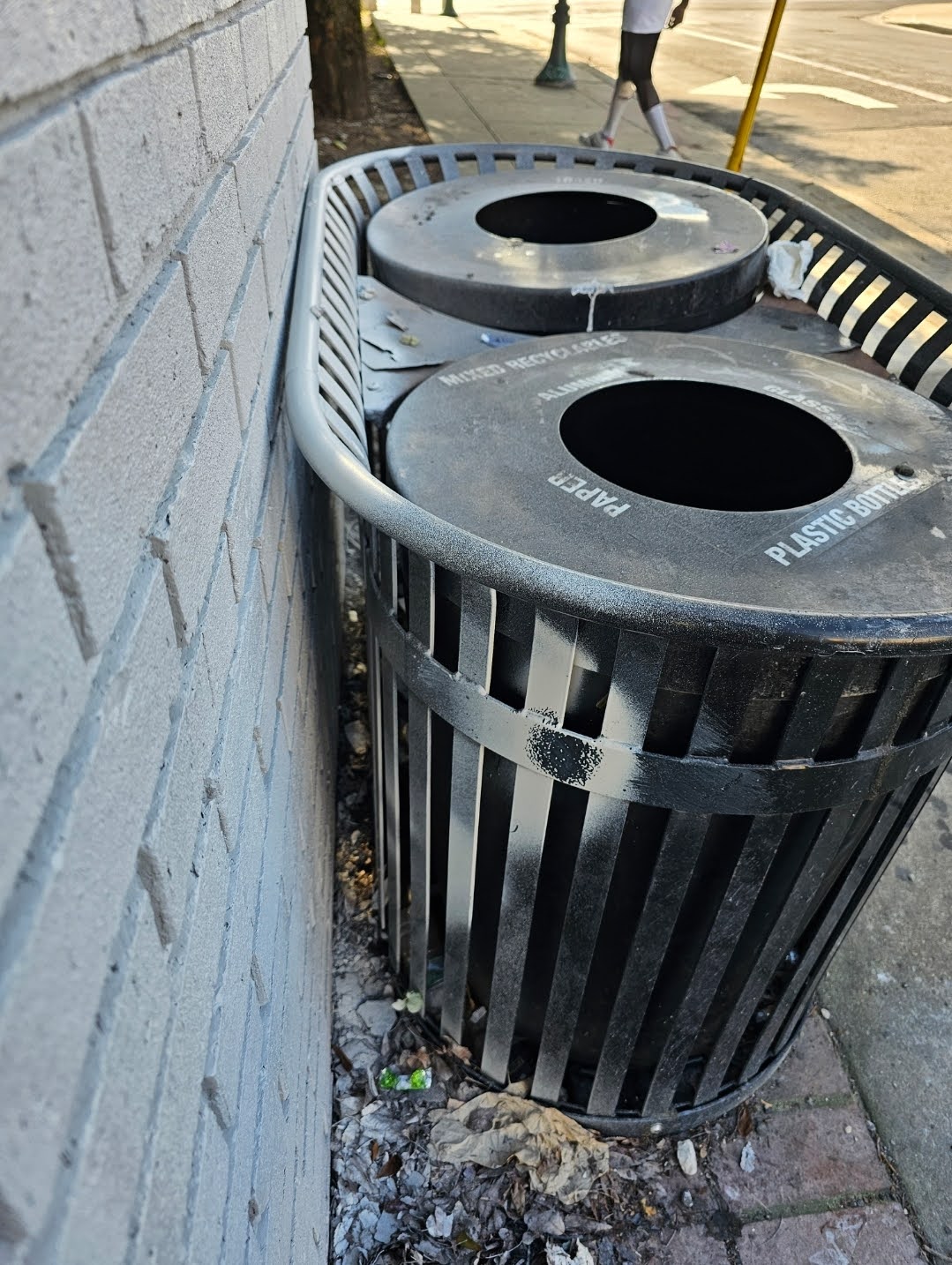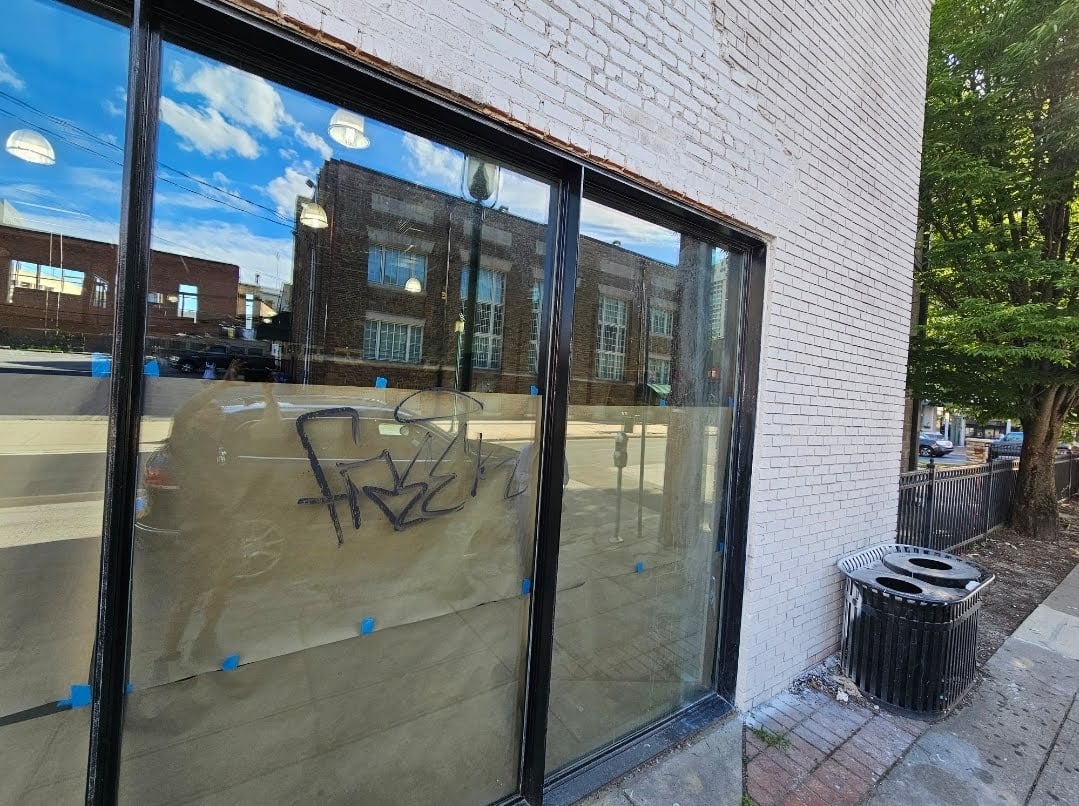This past week we talked about several different types of damage that can be caused by poor upkeep and maintenance of masonry facades, and the resultant types of spalling. Today, we’re going to look at a similar related issue focusing on the ways bricks boiling can be prevented.

For a basic recap on the topic, brick spalling, which is the chipping, flaking, or crumbling of brick surfaces. Spalling can be a significant issue in historic masonry buildings, particularly in areas like Washington D.C. Some of the top causes of brick spalling in a historic masonry context follow:
- Moisture penetration: Water infiltration into the bricks, either through cracks, deteriorated mortar joints, or porous brick surfaces, can lead to freeze-thaw cycles that cause the brick to spall.
- Salt crystallization: Salts from the surrounding environment or from within the bricks themselves can dissolve in moisture and recrystallize, creating pressure that leads to spalling.
- Thermal expansion and contraction: Frequent temperature changes can cause differential expansion and contraction between the brick and mortar, leading to stress and eventual spalling.
- Air pollution: Acidic pollutants in the air can react with the brick’s minerals, causing deterioration and spalling over time. High acidity can break down the cohesive and or structural elements of the outer faces of bricks and mortar. This is another reason why repointing is so important.
- Poor-quality bricks or mortar: Bricks or mortar that were originally of poor quality or improperly fired may be more susceptible to spalling, particularly in older historic buildings. In text logs, we talked about the beehive type kilns which were used to fire the majority of the bricks in many of the historic buildings and parts of Washington DC. While, at the time, these kilns were some of the best available, they were not nearly as good or consistent in firing as modern kilns which use natural gas and or hydraulic or electric powered conveyor systems. These Bricks were fired in stacks and the outer the bricks of the stacks would almost always reach a higher temperature than the inner bricks. If the inner bricks did not reach the critical temperature required for a degree of semi vitreous firing then they would essentially remain somewhat permeable and therefore spall and deteriorated a much higher rate.

If you take all these different types of spalling related problems into consideration and really analyze the root cause, the vast majority of these problems are either caused by or exacerbated by improper or lack of upkeep and maintenance. The best way to prevent all of these things from happening is to check the condition or routine basis, at least every year or two good to do this with a professional like our company for example. And then on a routine schedule, in as many as every couple decades, it’s a good idea to repoint at least the worst areas of the building where there’s the highest amount of deterioration. Normally the areas of highest deterioration or coincidence with splash back areas at the base of the wall or areas where there are issues with water diversion.
To prevent or mitigate brick spalling in historic masonry, here are the top methods:
- Repointing mortar joints: Replacing deteriorated or cracked mortar joints with new, compatible mortar can prevent water infiltration and reduce the risk of spalling. Use a professional company like our company to do this type of work because by using an untrained or non-specialist type of mason who doesn’t understand the principles of historic masonry restoration can be devastating to the building and can cause massive failure to the brick. Essentially by using the wrong mortar, the brick spalling can exponentially increase in destruction.
- Crack repair: Addressing any cracks or fissures in the brickwork through appropriate repair methods can help stop moisture penetration and further damage.
- Salt removal: Techniques like poulticing or chemical treatments can be used to remove harmful salts from the bricks, reducing the risk of salt crystallization and spalling.
- Proper drainage and ventilation: Ensuring adequate drainage and ventilation around the masonry can help prevent moisture accumulation and reduce the risk of spalling.

- Protective coatings or shelters: In some cases, applying protective coatings or constructing shelters over historic masonry can help shield it from environmental factors that contribute to spalling.
- Replacement of severely damaged bricks: In cases of severe spalling, selectively replacing the most damaged bricks with compatible replacements may be necessary. By replacing damage brakes on a timely schedule, it can actually help and prevent continuing damage to adjacent bricks.
- Maintenance and monitoring: Regular inspection and maintenance of historic masonry, along with monitoring for signs of deterioration, can help identify and address potential spalling issues early on.
- Proper cleaning methods: Avoiding abrasive or harsh cleaning methods that can damage the brick surfaces and contribute to spalling.
It’s important to note, again, that any interventions or treatments for historic masonry should be done with care and under the guidance of experienced professionals, like our company, to ensure the preservation of the building’s historic integrity.
You can reach us by telephone at (202) 796-7644 and you can reach us by email from the contact form on our website at https://duponttuckpointingmasonrydc.com/contact-us/.




